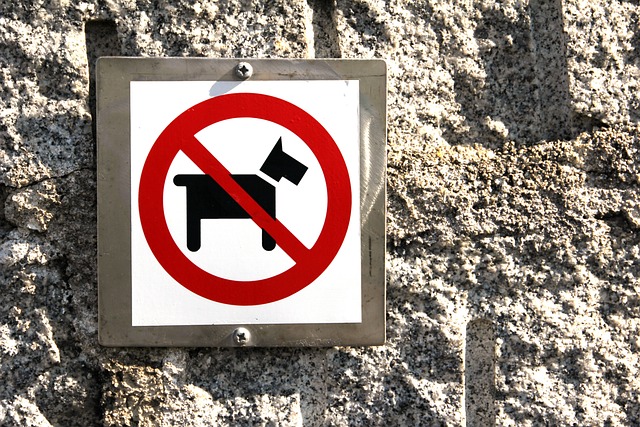Swimming pools are a source of joy, relaxation, and exercise for millions of people worldwide. However, maintaining the water quality in a pool is a complex task that involves monitoring various chemical parameters. One crucial aspect of pool water chemistry is the presence of nitrates. In this article, we will delve into the significance of nitrates in swimming pools, exploring their sources, effects, and effective management strategies.
Table of Contents
What are Nitrates?
Nitrates are compounds containing nitrogen and oxygen in the form of NO3-. In the context of swimming pools, nitrates typically enter the water through various external sources. The primary contributors are organic matter, fertilizers, rainwater, and human activities such as urine and sweat.
Sources of Nitrates in Swimming Pools
Organic Matter Decomposition
Leaves, grass, insects, and other organic debris can find their way into swimming pools. As these materials decompose, they release nitrogen compounds, including nitrates, into the water.
Fertilizers and Runoff
The use of fertilizers in surrounding gardens and lawns can lead to the introduction of nitrates into the pool water through rainwater runoff. This runoff carries the dissolved nitrates into the pool, impacting water quality.
Human Activities
Swimmers introduce nitrates into the pool through sweat and urine. While swimmers’ hygiene is crucial, the collective effect of numerous pool users can contribute to elevated nitrate levels.
Animal Activities
Don’t forget our furry friends. Pets that swim in the pool also introduce nitrates into the pool through sweat and urine.
Birds, frogs and any other animal that swims in the pool can add nitrates to the water.
Effects of High Nitrate Levels
Algae Growth
Nitrates serve as a nutrient for algae. Elevated nitrate levels can stimulate excessive algae growth, turning the water green and reducing water clarity. This not only affects the pool’s aesthetics but also poses challenges in pool maintenance.
Reduced Effectiveness of Sanitizers
High nitrate concentrations can hinder the effectiveness of chlorine, the most common pool sanitizer. This reduced efficacy can compromise the pool’s ability to combat harmful microorganisms, potentially leading to waterborne illnesses.
Health Concerns
While nitrates themselves are not harmful in the concentrations typically found in pools, their presence can contribute to the formation of disinfection byproducts (DBPs) when chlorine reacts with organic matter. Some DBPs, such as chloramines, may cause respiratory and skin irritations.
Managing Nitrates in Swimming Pools
Regular Testing
Routine testing for nitrate levels is essential to monitor water quality. Test kits are readily available and provide an accurate measure of nitrate concentrations in the pool.
How to Balance Swimming Pool Water
Maintaining Proper Water Chemistry
Balancing the pool water’s pH, alkalinity, and calcium hardness is crucial. Well-maintained water chemistry helps optimize the effectiveness of sanitizers and minimizes the impact of nitrates.
Pool Chemistry – The Ultimate Guide
Reducing External Inputs
Minimizing the introduction of nitrates into the pool is key to their control. This involves proper waste disposal, avoiding the use of fertilizers near the pool, and encouraging swimmers to shower before entering the water.
How to Remove Urine from Pool Water
Algae Prevention
Implementing preventive measures against algae growth, such as using algaecides and regularly cleaning pool filters, can reduce the impact of nitrates on water quality.
How to Get Rid of Algae in a Swimming Pool
Conclusion
Understanding and managing nitrate levels in swimming pools is essential for maintaining a safe and enjoyable aquatic environment. By addressing the sources of nitrates, regularly testing water quality, and implementing effective maintenance practices, pool owners can ensure that their pools remain a source of recreation and well-being for all.


